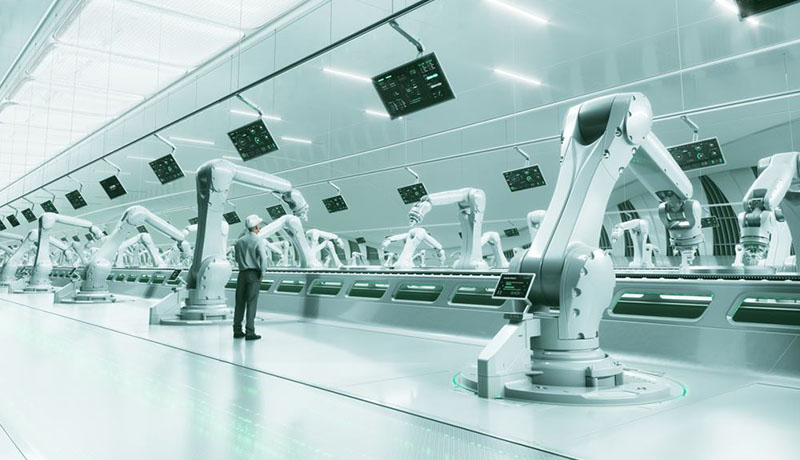
Computers in the industrial control systems (ICS) environment were attacked in the Middle East in the first half of 2022 using a variety of techniques. According to the ICS threat landscape study by Kaspersky ICS CERT, malicious objects were prevented on every third (36%) ICS machine in the area that was shielded by Kaspersky solutions. 15% of the ICS PCs in the area banned phishing pages, and 11% blocked spyware.
Oil & gas, energy, automotive manufacturing, building automation infrastructures and other spheres are where ICS computers are used to perform a range of OT functions in workstations of engineers and operators to supervisory control and data acquisition (SCADA) servers and Human Machine Interface (HMI).
Cyberattacks on industrial computers are considered to be extremely dangerous as they may cause material losses and production downtime for the controlled production line and even the facility as the whole. Moreover, industrial enterprises put out of service can seriously undermine a region’s social welfare, ecology and macroeconomics.
In the first half of 2022, 47% of ICS computers in the oil and gas industry in the META region (the Middle East, Turkey, and Africa) were attacked. Building automation system attacks came in second; in this industry, 45% of ICS computers were attacked. The top three environments for attacks included the energy sector, where 41% of the computers were impacted.

Emad Haffar, Head of Technical Experts at Kaspersky said “Sophisticated attacks have increased the demand for better visibility of the cyber-risks that impact industrial control systems. The integration of IT and OT systems has highlighted the need for a comprehensive yet purposely built cybersecurity program. Digital transformation programs require a new approach to ensure the secure deployment and operation of a variety of new, potentially unsafe devices within plant boundaries. Given this new reality, the Industrial Cybersecurity Maturity Modeling approach might be used to define clear industrial cybersecurity targets and to measure how these targets are met.”
Kaspersky experts recommend the following to keep OT computers protected from various threats: